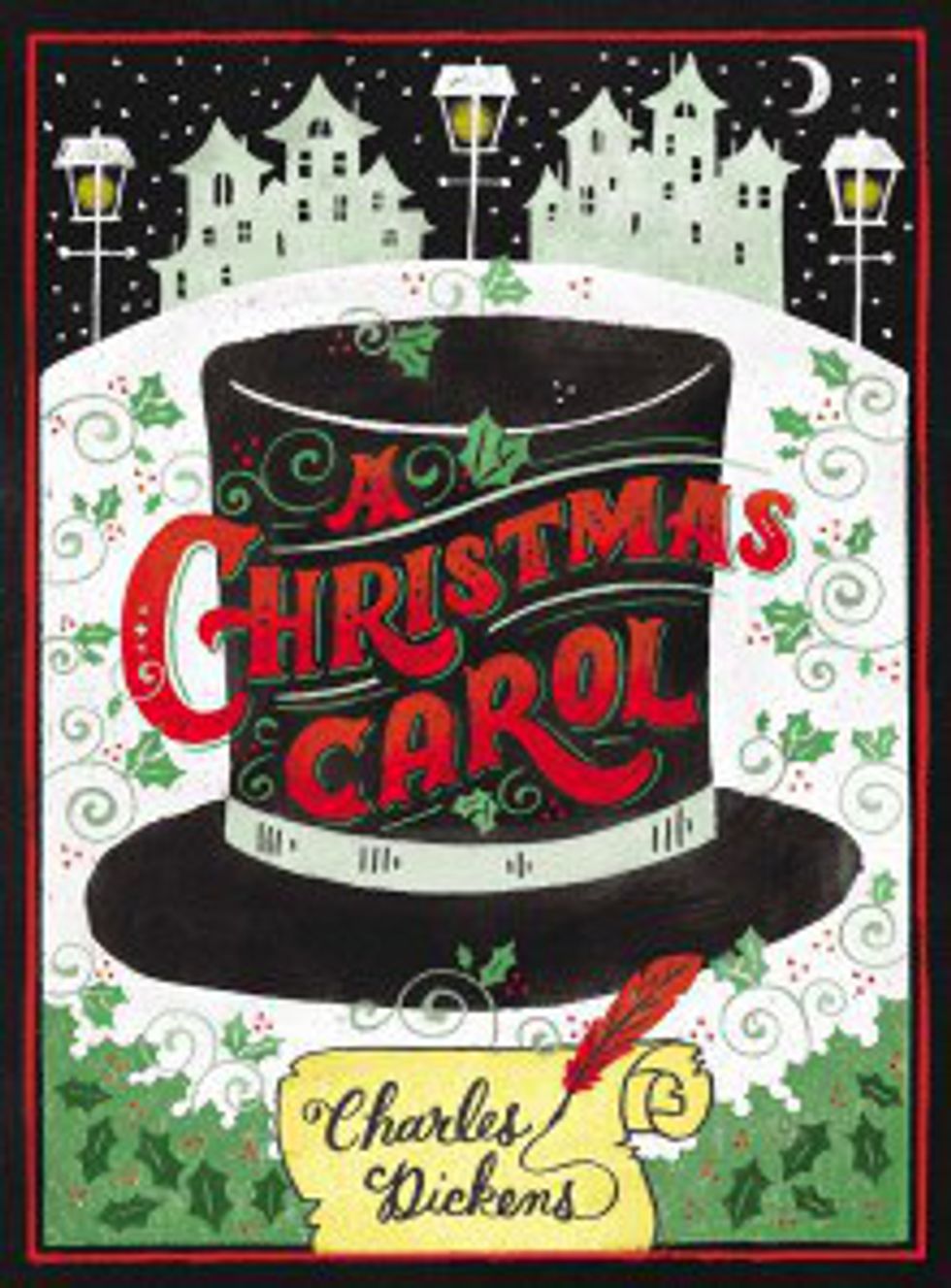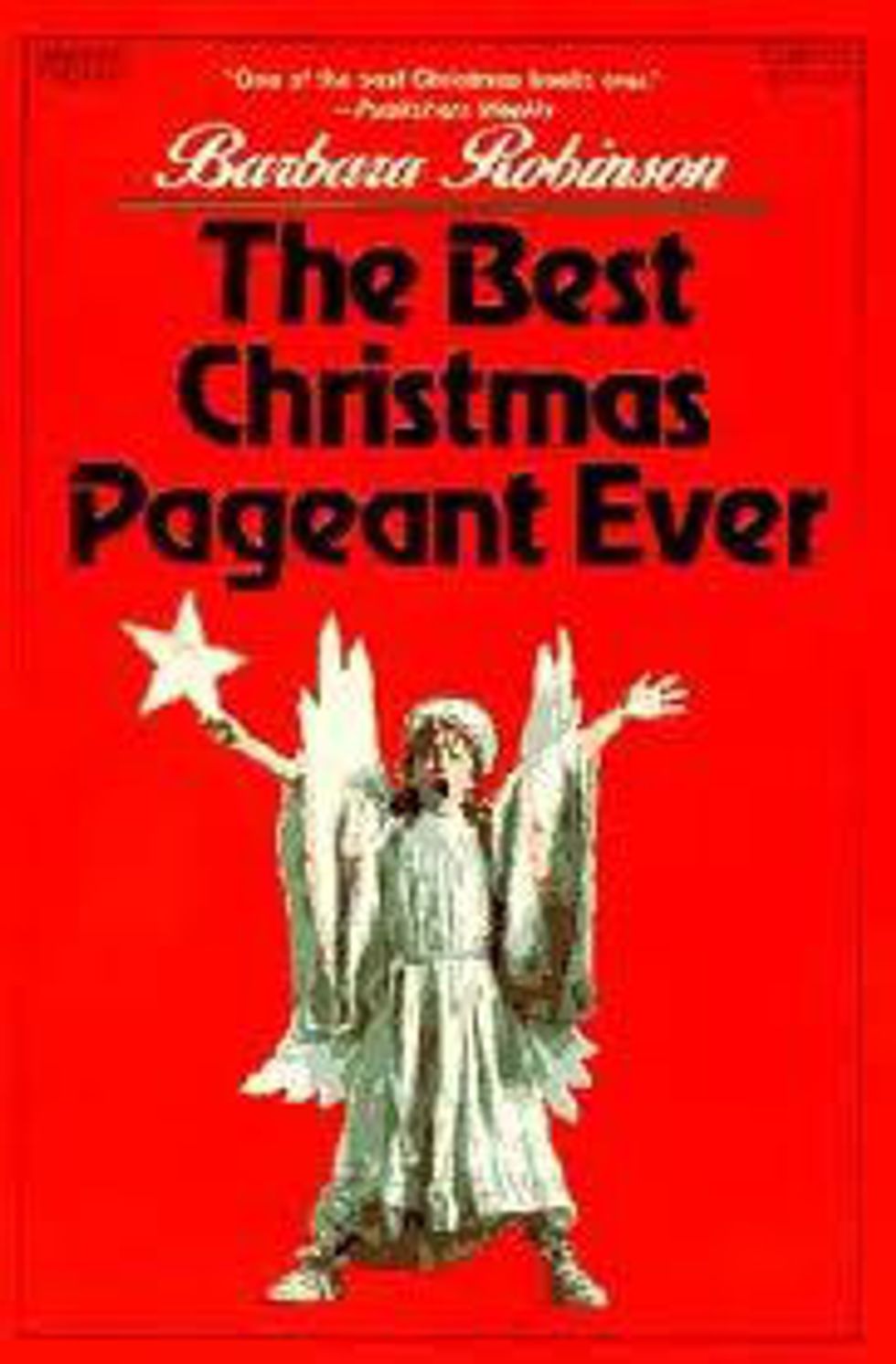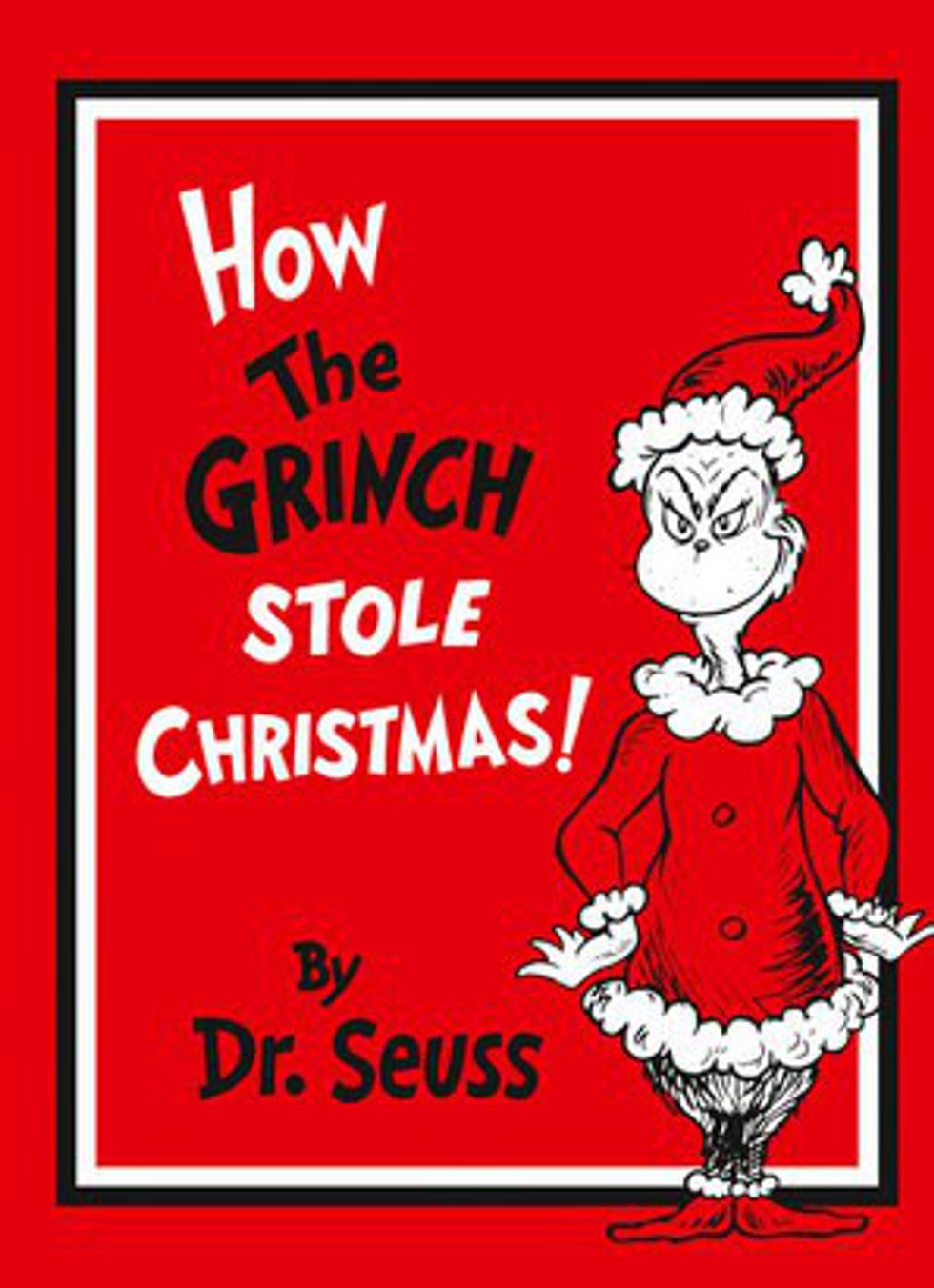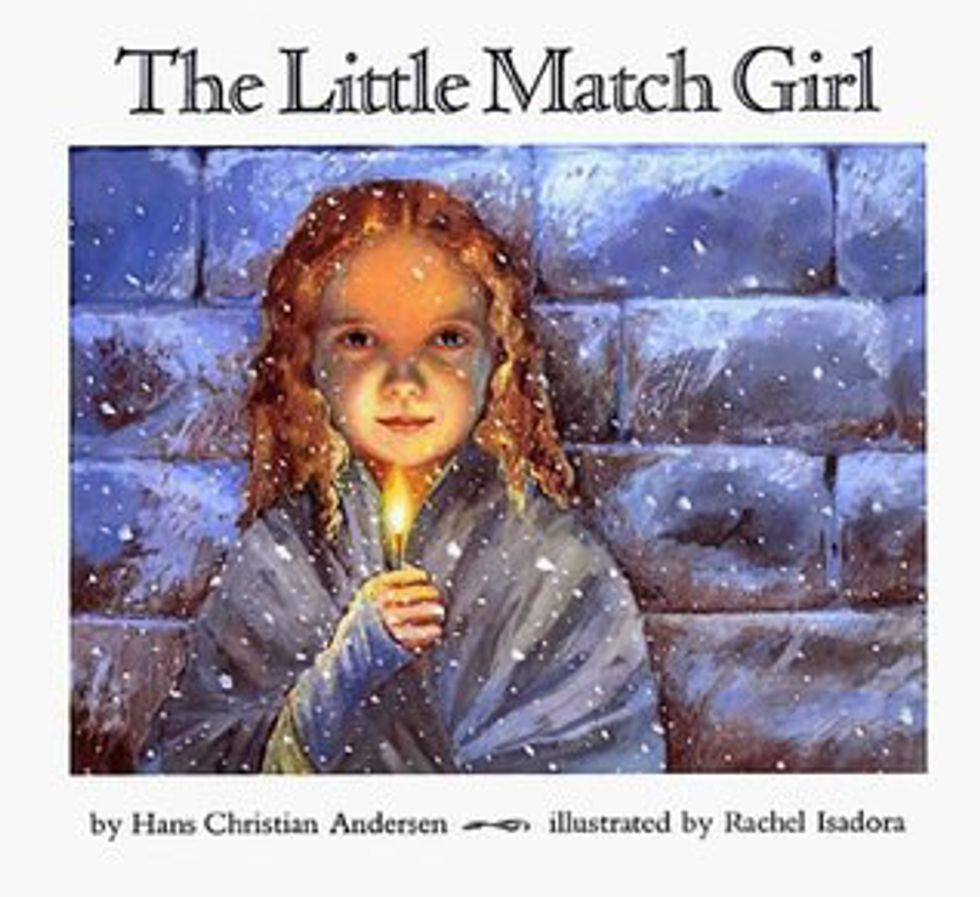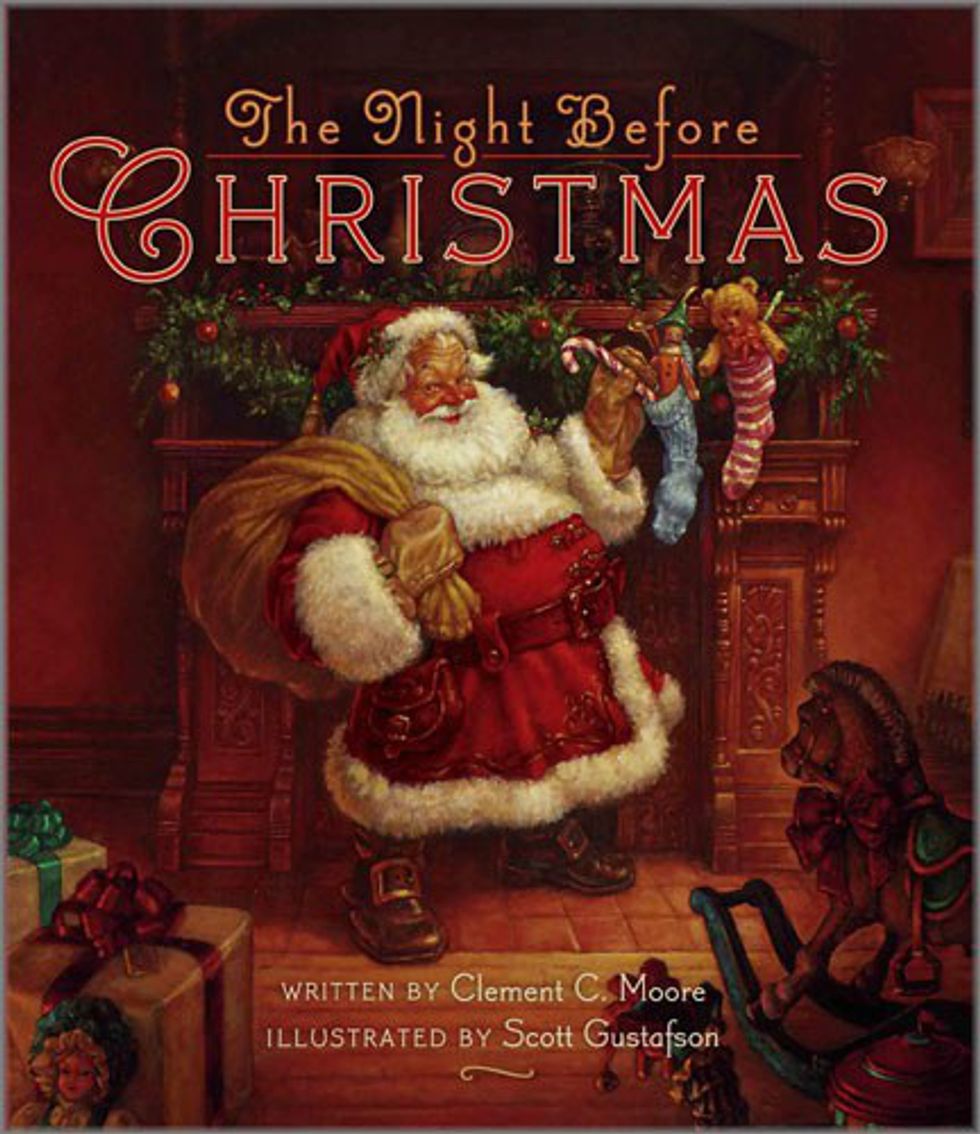With Christmas just around the corner, the time to revisit classic holiday literature is here. Our Christmas traditions simply would not be same without these influential and cherished holiday tales, literally.
"A Christmas Carol" by Charles Dickens
This beloved holiday novella has reminded us for 172 years to value the important things in life: our relationships. On Dec. 17, 1843, "A Christmas Carol" was published in London. The novella centers around the miserly Scrooge’s unhappy and dreary holiday, while the world around him rejoices and celebrates in the wonder and togetherness of Christmas. On Christmas Eve, Scrooge is visited in his dreams by “The Ghost of Christmas Past,” The Ghost of Christmas Present” and “The Ghost of Christmas Yet to Come.” Each ghost takes Scrooge on journey through Christmas’ in his life, showing him the grim and desolate reality of his wretched ways. After seeing his life flash before his eyes, Scrooge undergoes a radical transformation and learns to appreciate those around him. The season of Christmas is meant to be spent in the presence of those we treasure.
"The Best Christmas Pageant Ever" by Barbara Robinson
Originally published in 1972, "The Best Christmas Pageant Ever" by Barbara Robinson, has amused and delighted elementary school children and adults, alike. The book, which has also been adapted into a play, teaches us that everyone can participate in Christmas, no matter your background or circumstances. The plot focuses on the reckless Herdman children who have never heard the story of Christmas, yet somehow land roles in a church’s Christmas Play. Through humor and love, the Herdmans learn the true meaning of Christmas.
"The Gift of the Magi" by O. Henry
The heartwarming irony of this short story by O. Henry will wrench your heart and remind you that there is still goodness in the world. Since its publication on April 10, 1906, "The Gift of the Magi" has allowed readers to empathize with the characters of Della and Jim as they struggle to make ends meet and still partake in gift giving. Their selfless actions reveal their love and dedication to each other. Revealing the irony of the story would only spoil it. Discover why we should all be more altruistic by reading it.
"How the Grinch Stole Christmas" by Dr. Seuss
One of the most famous Christmas stories today is Dr. Seuss’ "How the Grinch Stole Christmas." This children’s (and adults’) story has put people in the holiday spirit since it was published in 1957. Telling the tale of the “Grinch’s” plan to steal Christmas from the Christmas-loving citizens of “Who-ville” has been and will continue to be a tradition for families for years to come. As the story goes, “Then the Grinch thought of something he hadn’t before! ‘Maybe Christmas,’ he thought, ‘doesn’t come from a store.’ ‘Maybe Christmas…perhaps…means a little bit more!’”
"The Little Match Girl" by Hans Christian Andersen
Perhaps one of the saddest, yet most meaningful holiday tales is "The Little Match Girl" by Hans Christian Andersen, published in December of 1845. The main character is a young girl, who, as the title implies, sells matches on a city street on New Year’s Eve. She is cold and unable to sell the matches. As the night goes on, she begins to see stronger visions of her late grandmother with every match she burns. So as not to ruin the story's ending, that is where this synopsis ends. Take a little time to read it and warm your heart. Essentially, we learn that we should always help those in need. We, as passersby, never know how close someone is to the end of their rope.
"A Visit from St. Nicholas" also known as "'Twas the Night before Christmas" by Clement Clarke Moore
This classic Christmas poem by Clement Clarke Moore was published in 1823. The original title is "A Visit from St. Nocholas," however, it is more commonly known as "'Twasthe Night before Christmas," referring to the poem’s first line. According to several reports, Moore never intended this poem to be published. He had written it simply to read to his family. Somehow, the poem was anonymously published in 1823, a year after Moore had read it to his family and guests. (It is likely that one of Moore’s guests submitted it.) After its publication, the poem has maintained its status as a holiday staple.
Spend some time over the holidays with some of the most magical, most marvelous and most merry characters and tales of the season!




